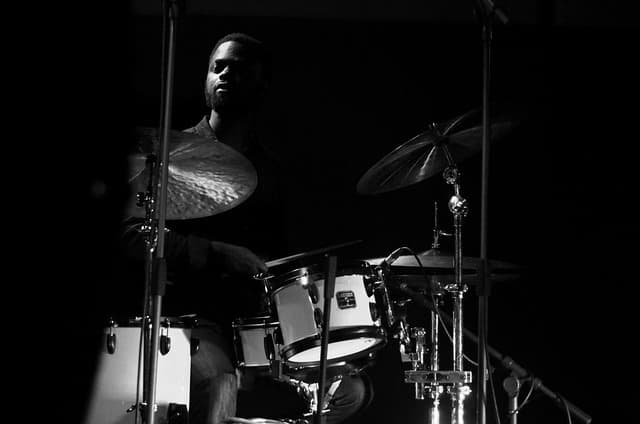Choice of Plastics and Drumsticks
The choice of plastics
They replaced animal skins and conventional boards relatively recently – just 50 years ago. Evans was the first company to use the latest technology in this area. Making plastics from synthetic materials has made a big difference in the way drummers play. They increase the strength and clarity of sound, allow for better control, expand the range of sound, and make playing the instrument more lively. Plastics are also called plastic diaphragms. They are stretched over the walls with metal or wooden rims.
There are a large number of membranes, they differ in:
- size (diameter);
- thickness;
- type.
To choose the right plastic for you, be sure to consider these criteria. Besides Evans, a good company is Remo. The size of the plastic diaphragm is calculated in inches. Each of the diaphragms is designed clearly for the size of the drum. They are available for all kinds of instruments, both street and high-culture. The heavier the plastic, the thicker it is. Depending on their thickness, they have been classified as: thin, medium and thick. Thin and medium give a lighter sound. They are ideal for fans of jazz or classical instrumental music.
Depending on the style of music, sound attack, sustain and sensitivity, there are these types of plastics:
- One-ply with a dusting (suitable for jazz, jazz-rock, has a bright attack, long sustain and high sensitivity);
- One-layer transparent (suitable for jazz, jazz-rock and pop, has bright attack, long sustain and high sensitivity);
- Two-layer coated (suitable for rock lovers, has medium attack, medium sustain and medium sensitivity);
- Two-layer transparent (suitable for rockers, medium attack, medium sustain, medium sensitivity);
- With reinforced center (suitable for rock and funk fans, has medium-bright attack, medium sustain and medium sensitivity);
- With damping ring (for rockers only, has a powerful attack, short sustain, low sensitivity).
Choice of drumsticks
Drum sticks come in as many sizes and shades as players use them, and drummers often use different sticks for different musical styles. In general, heavier sticks, such as the 2B, are preferred for rock and R&B styles where more volume is needed. Lighter sticks, such as the 7A, are generally preferred for jazz, folk, acoustic, and other styles that require less volume. Experimentation is the key to success, so try many different sticks to find the types that are right for you.
Many drummers like to use heavier sticks for practice than for performance to develop strength and stamina.
The numbers used in the manufacture of drumsticks, such as 5A, 5B, 2B, 3S and 7A, are taken from the earliest days of their manufacture, when the number and letter were assigned based on the size and use of the stick. The numerical part indicates the circumference of the stick. Generally, the smaller the number, the larger the circumference and the larger the number, the shorter the circumference. For example, stick 7A is smaller in circumference than 5A, which in turn is narrower than 2B. The exception is 3S, which has a larger circumference than 2B, despite the number.
As for letter designations, “S” stands for “street,” as these large sticks were designed for street applications such as the orchestra. The “B” sticks were designed for “group” applications such as symphony and brass bands. Percussion teachers continue to recommend the 2B as the ideal starter sticks. “A” refers to orchestral drum sticks, which have a smaller circumference than the “B” series sticks, and continue to be very popular with rock and jazz performers. Why does the “A” stand for “orchestral?” The convention reportedly reflects the preference of William F. Ludwig of the Ludwig Drum Company, who simply felt it printed better.
Stick tips come in a choice of wood or nylon. Wooden tips have a softer, warmer sound, while nylon tips provide increased durability and a shiny, focused cymbal sound.
